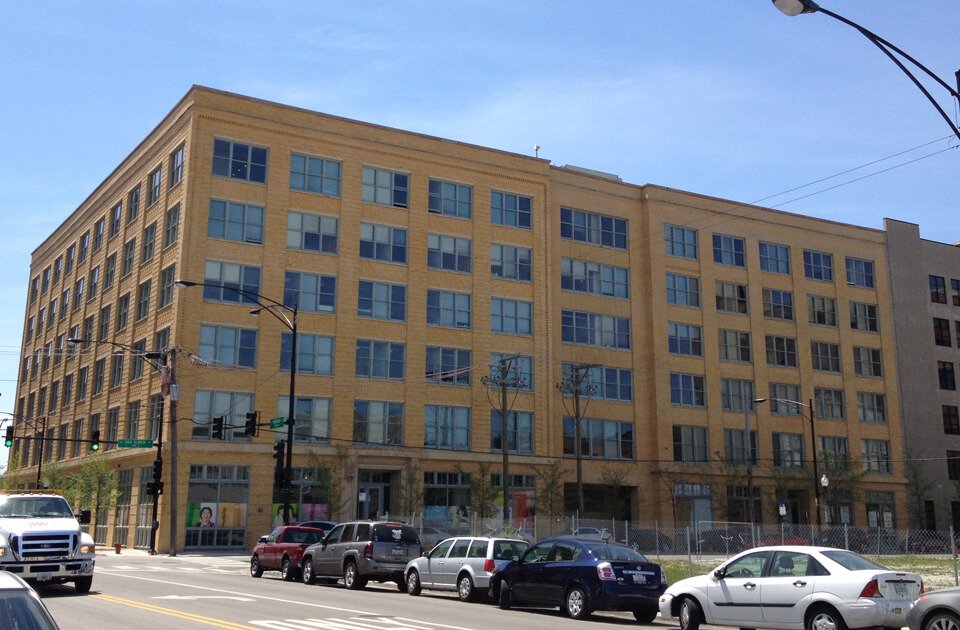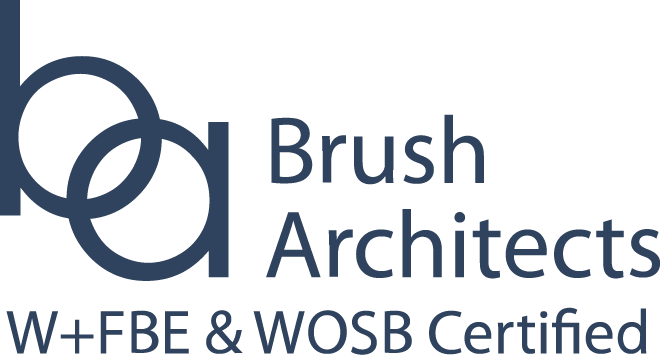Automatic Lofts
Private

Automatic Lofts
410 South Morgan
Chicago, IL 60607
Built
1901
Original Architect
Unknown
Restoration Architect
Brush Architects, LLC
Category
Private
Landmark
National Register of History Places
Building History
The building known as the Automatic Lofts at 410 S. Morgan/1001 W. Van Buren, Chicago, IL is listed on the National Register for Historic Places for technological innovations that occurred within the building. It was originally the Automatic Electric Company for the development and operation of the Strowger automatic dial telephone system. Constructed in 1901 it is a typical Chicago light industrial loft building that evolved with each addition from a timber frame to concrete and eventually steel frame, all clad with brick masonry facade and Chicago style windows. In 1984 the south elevation facing an expressway was painted by famed muralist Richard Haas. In 2008 the building was converted to dormitory housing, which included the creation of an internal curtain wall clad light court.
Preservation and Building Pathology Challenges
The owners retained Brush Architects to perform the Critical hands on-facade examination of the building as well as to diagnose the water infiltration issues of the curtain wall, roofs, and masonry walls. We were also retained to diagnose the persistent water infiltration within the basement garage. During our work with the owners a substantial highway modification was underway and Brush Architects documented the building conditions prior to the substantial movement and vibrations anticipated with the new bridge and ramps associated with the IDOT work.
Design Solution
Brush Architects has extensive experience with facade examinations and repair programs that are related to the findings. The facade was surveyed, findings were reported to the client and the city, and the building was found to be compliant. The light court infiltration required extensive water testing, leak tracing, and selective dismantling of a component of the facade. The design was developed, bid, and implemented with additional water tests performed to confirm that the design was a success. Videoscopic tests were performed on the roof drains and drainage tile to determine the source of the water infiltration. Infrared Thermal Imaging was performed to non destructively diagnose moisture content below the existing roof membrane.
